Relays are electronic devices used to manage and control voltage between circuits from a few hundred to a few thousand volts. The device is trusted and widely used in many areas of life and production.
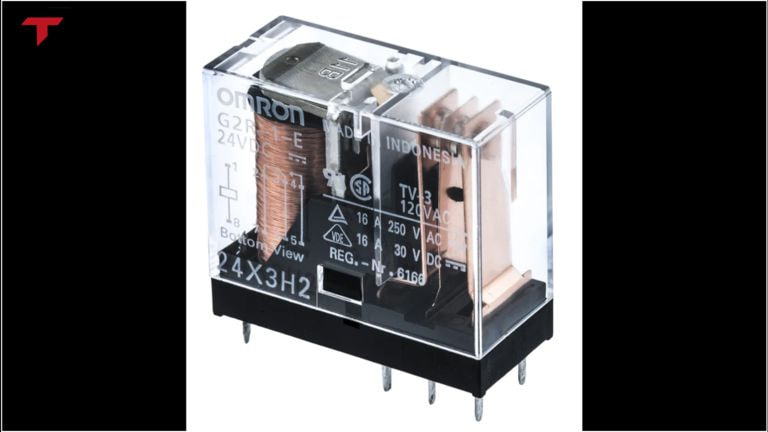
What is the relays?
Relay devices operate based on the principle of creating a magnetic field from an electromagnet and have a variety of classifications with different operating capacities such as electric, leaf, and thermal relays…
Follow up to the end of this article to discuss in more depth the special features as well as the diverse applications of this relay device.
Where are relays commonly used?
Relays are versatile devices with wide applications, so they are trusted in many different fields. Thanks to their ability to control and protect electrical circuits, relays are widely used in automation and life such as:
- Automation industry: Relays help control motors, from starting to stop, and support the detection of errors arising in the process such as overcurrent or overvoltage…
- In automatic traffic control: Relays are used in traffic light systems to control the on and off phases of the lights at the right time.
- In household appliances: Devices such as refrigerators, washing machines, and air conditioners are all installed with relays to control the operation of the motor and internal components, ensuring stable operation of the device.
- Monitoring system: Relays are often installed in fire alarm systems in residential areas, activating alarms and issuing warnings. In addition, devices such as surveillance cameras or electric locks also install relays to increase security and safety for users.
- Electronic and computer systems: Relays help control power sources, and protect and distribute power to components in computers or electronic devices at a suitable voltage level. Help switch signals in devices such as modems or audio amplifiers.
How does a relay work?
Relay is an important magnetic device in the automation industry, the device is operated based on the principle of electromagnetic induction, specifically through three steps: creating a magnetic field, closing the contact, and disconnecting the contact
- Creating a magnetic field: The relay uses a copper coil and an iron core to form an electromagnet. When a direct current (DC) runs through the coil, it will create a magnetic field around it.
- Closing the contact: This magnetic field, after being emitted, will attract the contacts inside the relay, causing them to move and connect the circuit (similar to turning on a switch). This is the process of supplying power to the relay.
- Disconnecting the contact: The magnetic field disappears immediately after the current is interrupted and the switch is closed. The contacts will return to their original position thanks to the elastic force or spring, this is the de-energized state of the relay.
What types of relays are there in automation?
There are many types of relays on the market today, but based on the operating principle, relays are divided into 4 basic types: electrical relays, solid-state relays, leaf relays, and thermal relays.
- Electrical relays have the appearance of a coil and a set of mechanically operating contacts, a fairly simple interface, and can operate with AC or DC power sources. When the coil is energized, the magnetic field created will pull the moving contacts closer. When the power is turned off, the spring will return the contacts to their original position.
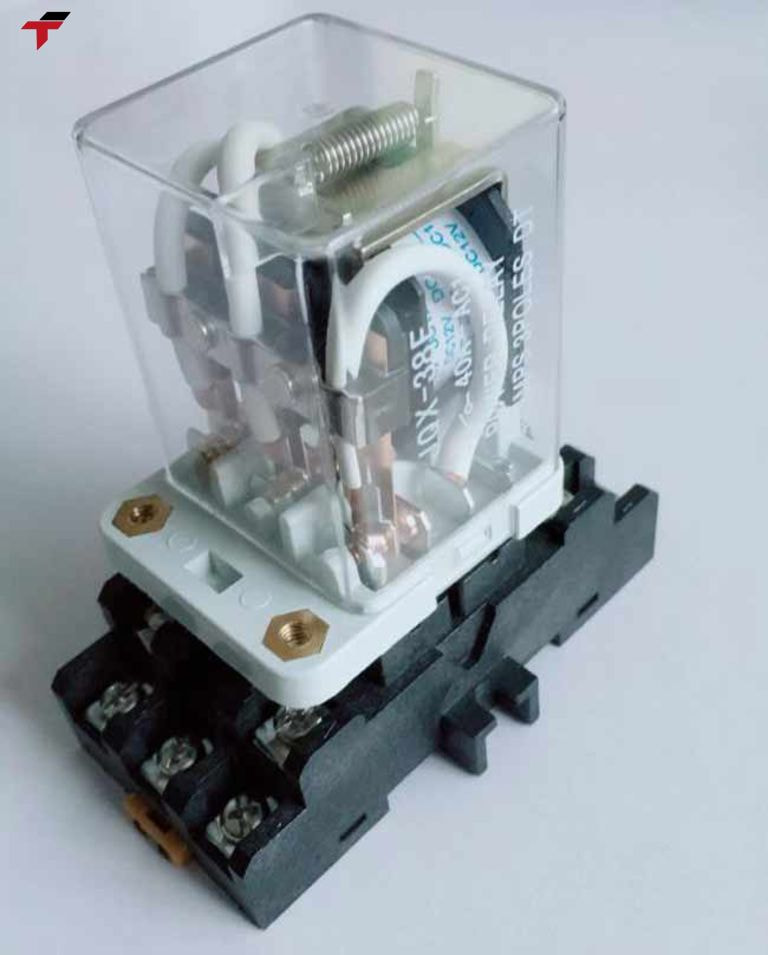
Electrical relays
- Solid-state relays (SSR) often use semiconductor components instead of mechanical contacts like electrical relays. When a control signal is applied, the LED inside will light up and activate the semiconductor, converting the light signal into an electrical signal, and thereby controlling the circuit switch.
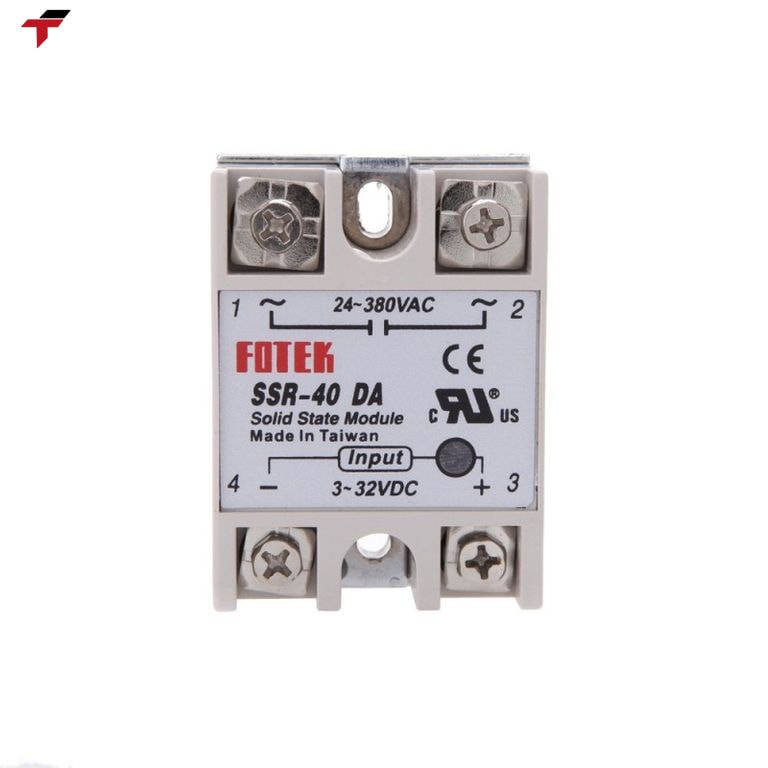
Solid-state relays (SSR)
- Leaf relay: This type of relay consists of a thin metal leaf in a glass tube containing inert gas. This gas will protect the metal foils from wear and contamination. When the coil is energized, the magnetic field will attract the metal foils together and form a closed circuit.
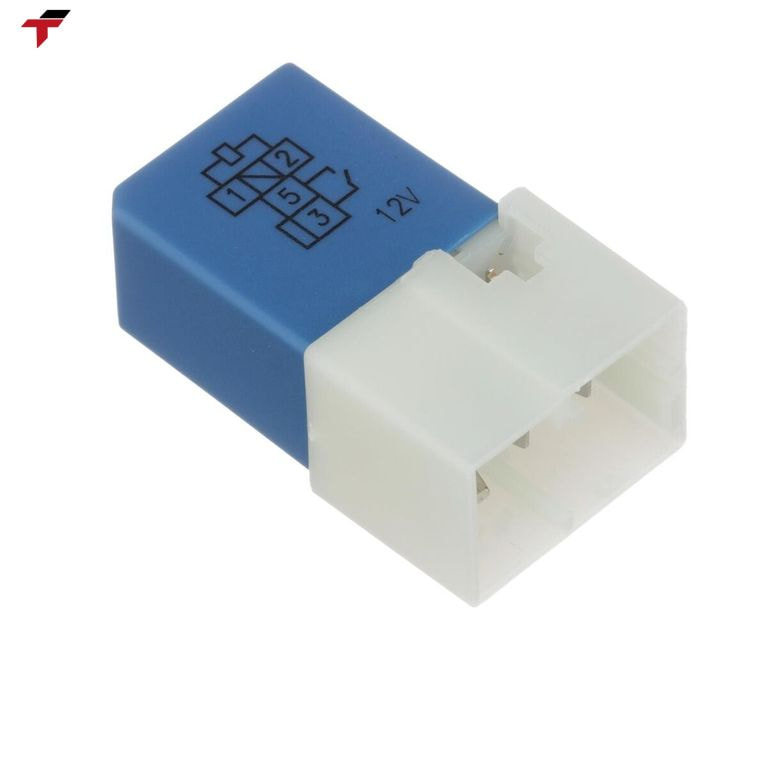
Leaf relay
- Thermal relay: uses a bimetallic strip consisting of two metals with different coefficients of thermal expansion. When the current increases, the temperature causes the bimetallic strip to bend. When the temperature rises too high, the circuit will automatically break and close the contact.
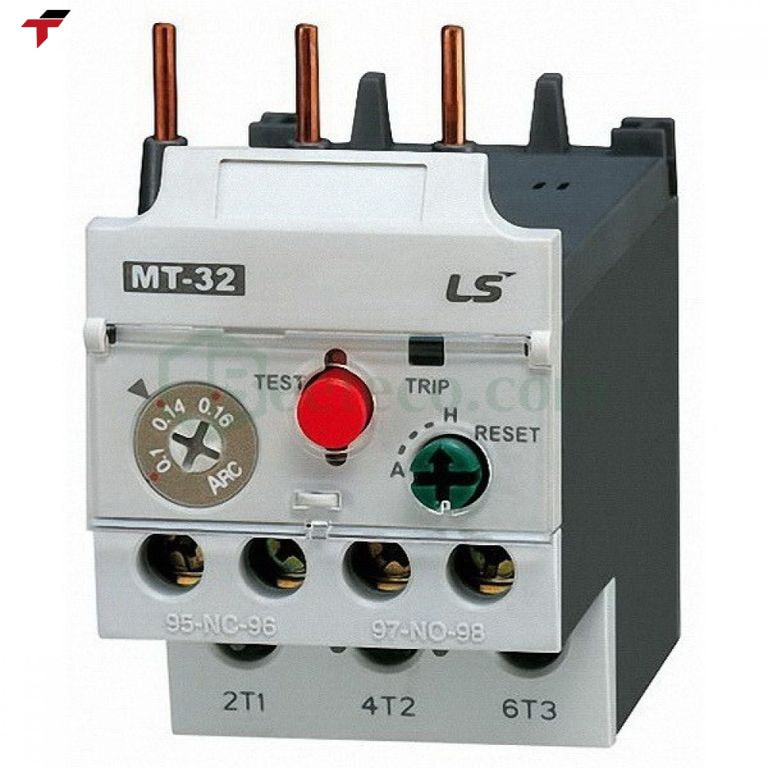
Thermal relay
How are relays and switches different?
| Relays | Switches |
| Use an electromagnet to create a magnetic field that turns on/off the next points. | Operated by a mechanical mechanism such as a lever or pressing a button. |
| Easily handle high voltages and currents of thousands of volts and tens of amps. | Only handles low voltages and currents, limited to a few hundred volts and a few amps. |
| Switching ability is slow because it takes time to activate the electromagnet to generate a magnetic field. | Switching is faster because mechanical operation is as simple as flipping a lever or pressing a button. |
| Suitable for systems with large capacity, remote control, and requiring high automation capabilities. | Better for simple, manual operation or low voltage/current applications. |
| High durability in many conditions, especially solid state relays due to the lack of mechanical parts. | Less durable in harsh environmental conditions, susceptible to damage due to mechanical mechanisms that can be affected by the environment |
How do you choose the right type of relay?
Relays are important devices that support the control of electrical circuits, so there are a few things to keep in mind when choosing to make the best decision.
- Size: You should consider choosing the type of relay that fits the space of the existing equipment or system, ensuring that the installation of the relay still meets the electrical needs and does not affect the equipment.
- Switching speed: The switching speed factor in the circuit is very important because it will affect the operating speed of the application. If you want a high switching speed for the device, you can consider an SSR relay, but for lower speeds that do not require fast response, electrical relays can respond well.
- Rated voltage: Make sure that the relay you choose is suitable for the voltage level allowed to be transmitted in the system so that the system can operate at a stable level to avoid overload.
- Operating life: the relay also has a certain operating life, which is limited by the number of circuit switching times. If the system requires frequent switching, it is advisable to choose a relay with high durability.
- Operating environment: you need to check the operating environment of the relay before installation, including temperature, humidity, and vibration level to ensure the relay’s good endurance and stable operation.
